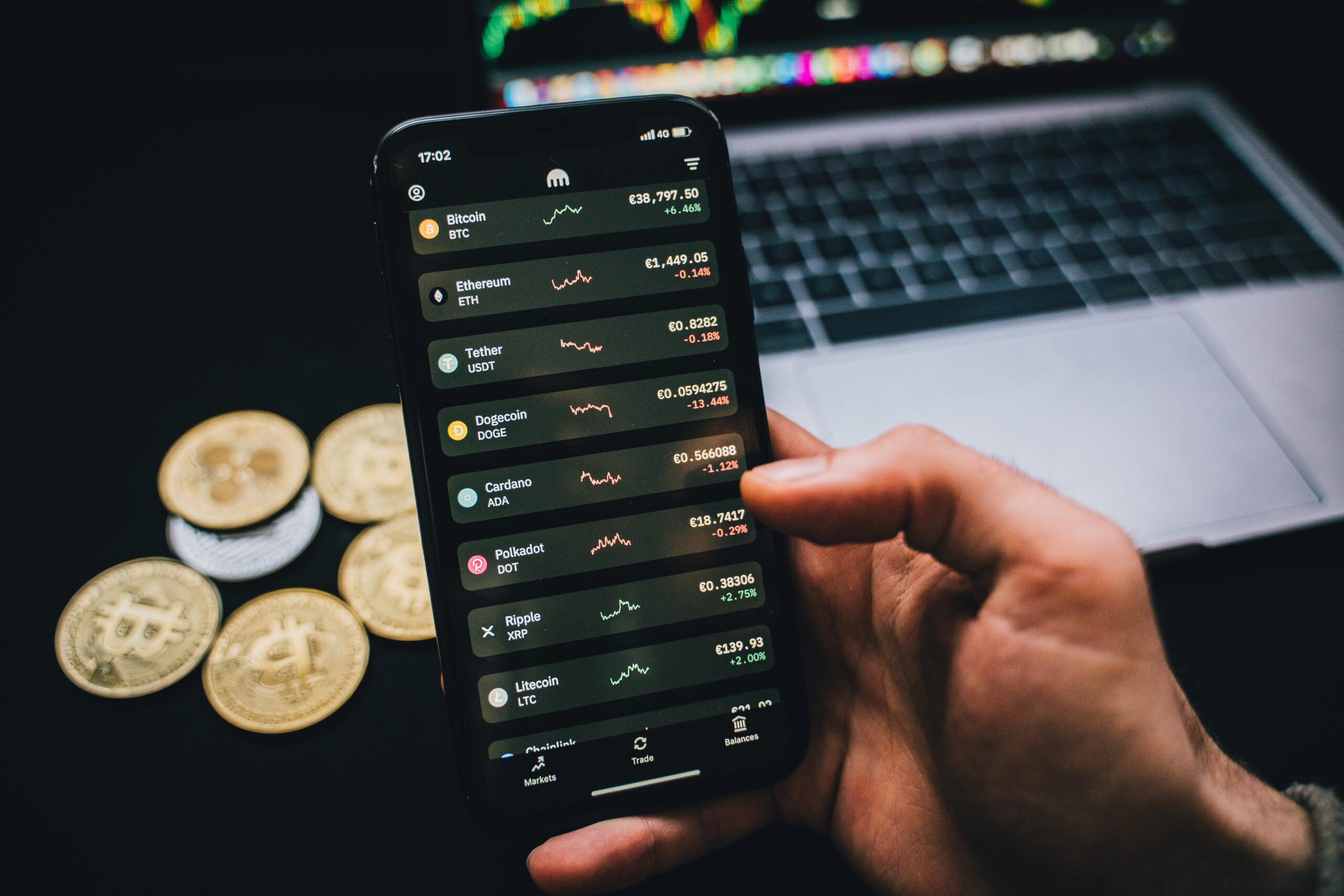Trading economics is the study of how countries engage in international trade and the economic forces that influence these activities. It involves analyzing data related to trade, investment, and financial markets, which are critical for making informed decisions in the global economy. From government policymakers to business leaders and investors, understanding the economic indicators that drive trade such as GDP, inflation, interest rates, and exchange rates is essential for assessing market conditions and predicting future trends.
In today’s rapidly changing world, access to accurate, real-time data is more important than ever for staying competitive in global markets. This blog post delves into the fundamentals of trading economics, exploring the role of key economic indicators, the challenges of global trade, and how the landscape is evolving with technological advancements. By understanding these concepts, readers will gain valuable insights into how economic data shapes international trade and market dynamics.
What is Trading Economics?
- Definition and overview
- Key components: trade, investment, finance, and economic indicators
- Why it matters to businesses, investors, and policymakers
Key Economic Indicators in Trading
- GDP (Gross Domestic Product): Definition and its impact on trade
- Inflation: How it affects currency and global markets
- Interest Rates: Role in investments and economic health
- Unemployment Rates: Indicator of economic stability
- Exchange Rates: Influence on trade and foreign investment
- Explanation of how these indicators are used to analyze and predict market trends
The Role of Data in Trading Economics
Data is the cornerstone of trading economics, providing the foundational insights needed to analyze and interpret market conditions. Accurate and timely economic data—from GDP figures and inflation rates to interest rates and unemployment statistics—helps traders, investors, and policymakers gauge the health of economies and make strategic decisions. Reliable data sources include government reports, central bank announcements, and financial institutions, which collectively offer a comprehensive view of economic performance. By leveraging this data, stakeholders can identify trends, assess risks, and capitalize on opportunities in the global market. The ability to access and analyze real-time data is crucial for predicting market movements and making informed decisions, as it directly influences investment strategies, trade policies, and economic forecasting. In essence, data transforms raw economic numbers into actionable insights that drive global trade and financial strategies.
Global Trade Trends and Their Economic Impacts
- Overview of major trade trends in recent years (e.g., trade wars, global supply chain shifts)
- Impact of technological advancement on global trade (e.g., e-commerce, automation)
- The role of globalization and international trade agreements (e.g., WTO, NAFTA, RCEP)
Challenges in Trading Economics
- The unpredictability of markets
- Volatility due to geopolitical events (e.g., wars, trade restrictions)
- Currency fluctuations and their impact on trade
- Potential biases and limitations in economic data
The Future of Trading Economics
- The influence of emerging markets on global trade
- How new technologies (e.g., AI, blockchain) are transforming the way economic data is used
- Predictions for the future of global trading
Conclusion
Understanding trading economics is crucial for navigating today’s complex global market. By analyzing key economic indicators like GDP, inflation, interest rates, and exchange rates, individuals and organizations can make more informed decisions, anticipate market trends, and respond to economic shifts effectively. The interplay between these indicators provides a comprehensive picture of economic health and trade dynamics.
As global trade continues to evolve with technological advancements and geopolitical changes, staying informed about economic data becomes even more vital. The ability to interpret and act on this information can significantly impact business strategies and investment outcomes.
In summary, trading economics offers valuable insights into how the world’s economies interact and influence each other. By keeping abreast of economic indicators and understanding their implications, you can better navigate the complexities of global trade and make strategic decisions that align with emerging trends and future opportunities.

